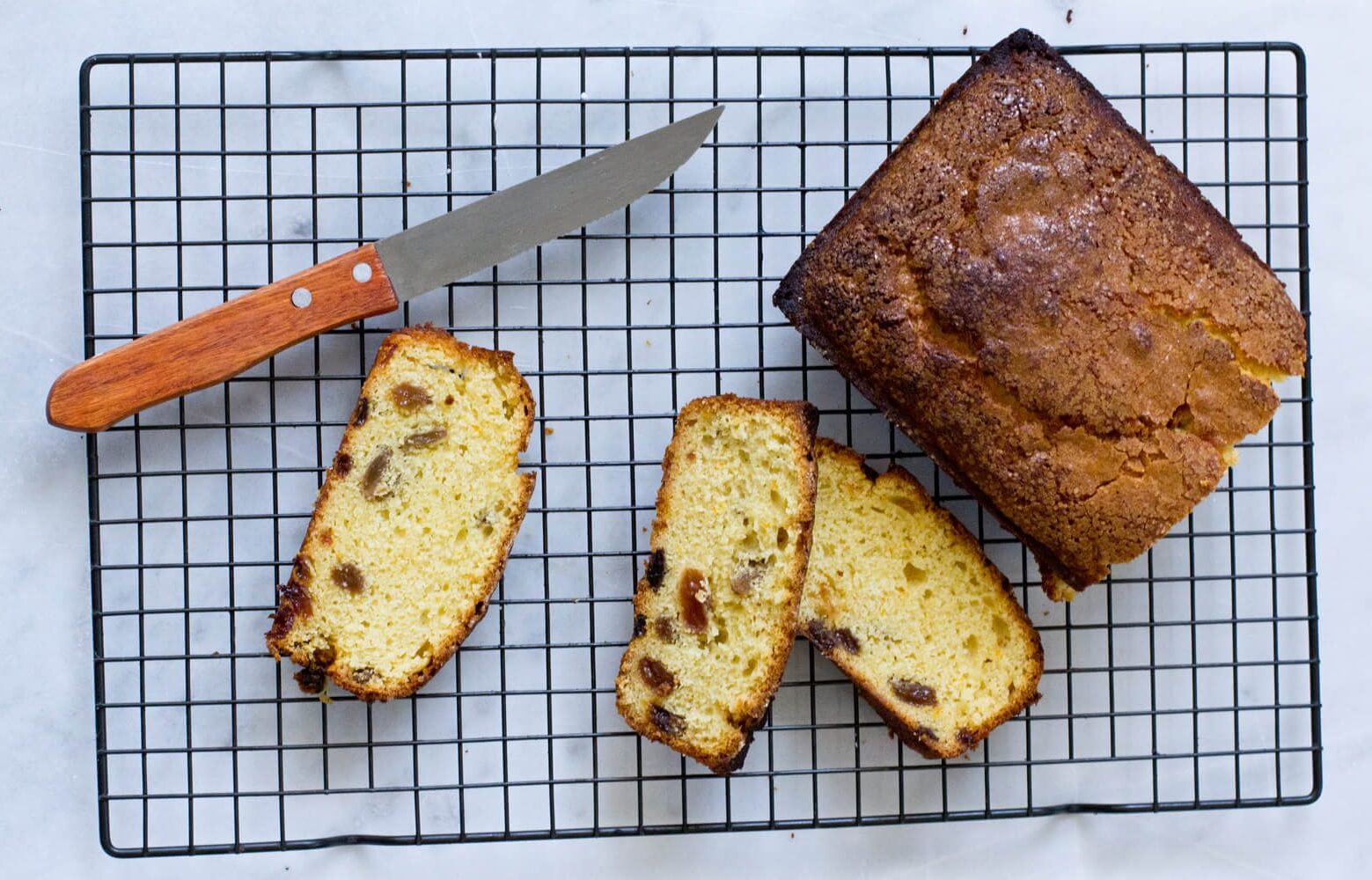 After a brief sabbatical, Reetwika returns with a series of offbeat travel stories as her weekly column. The first is about Channapatna, the wooden toy capital of India, exclusively for Different Truths.
After a brief sabbatical, Reetwika returns with a series of offbeat travel stories as her weekly column. The first is about Channapatna, the wooden toy capital of India, exclusively for Different Truths.
It was a summer Sunday. Bored of sitting lazily at home, we decided to drive to a 200-year-old rural toy-making handicraft industry of Karnataka, around 65 kilometers south of Bangalore along the Mysore Road. Located in the Rama Nagara district, Channapatna is known for its indigenous wooden toys for centuries.
It is perhaps the only temple in southern India, where Lord Sri Krishna is worshipped in the form of a crawling baby with a lump of butter in hand.
There is also a very noteworthy ancient temple nearby – Sri Aprameya Swamy (or Navaneetha Krishna) temple at Doddamallur. The significance of the place is that it is perhaps the only temple in southern India, where Lord Sri Krishna is worshipped in the form of a crawling baby with a lump of butter in hand.
It was going to be a day trip of entirely different flavour this time. It was 7.30 in the morning. We zipped our backpack for the day with some light snacks, couple of mineral water bottles and a digicam to shoot our journey. We decided to take the exit to Mysore Road at the outskirts of the state capital to avoid city traffic.
Within hardly half an hour we reached Kumbalgodu – the first prominent halt on the Bangalore-Mysore state highway.
Within hardly half an hour we reached Kumbalgodu – the first prominent halt on 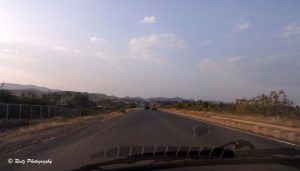 the Bangalore-Mysore state highway. Since the driving distance was not significant, we took a quick smoking break, changed hands and started anew.
the Bangalore-Mysore state highway. Since the driving distance was not significant, we took a quick smoking break, changed hands and started anew.
After driving for another 12 odd kilometers, we reached a very chaotic place called Bidadi with increasing number of road traffic and pedestrians around. It seemed as though we were approaching a village fair ground. From highest, we immediately geared down our car and started looking for a safe way out through the mob. Suddenly, a young lumbering fellow came in front of our car with a wooden club in his hand – startled, we braked immediately. Initially thought he must be a local traffic controller or so. As we intended to slide down our front windows, he directed us to take left onto a huge muddy ground with numerous cars already parked informally. Highly astonished, we just followed his hand directions and found a suitable corner slot to park our car. Once we jumped off the car in utter curiosity, we saw hundreds of people were running around – most of them appeared more like tourists than traffic violators. It did take us few minutes to understand what had happened.
We were at the Idli capital of India – Bidadi.
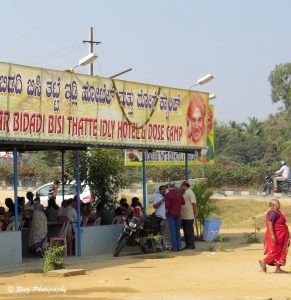 There was an array of rustic food joints in front of us and all the name plates read “Bidadi Special Thatte Idli”. We were at the Idli capital of India – Bidadi. Oh! never ever imagined it to be such a happening place though. Just like Bengal’s Shaktigarh stretch is famous for fried sweets (langcha), Bidadi also holds a great importance to the natives for their special form of idlis called Thatte Idli. They are much bigger in size and softer in taste – that’s what we knew from our bookish knowledge, yet to be validated today.
There was an array of rustic food joints in front of us and all the name plates read “Bidadi Special Thatte Idli”. We were at the Idli capital of India – Bidadi. Oh! never ever imagined it to be such a happening place though. Just like Bengal’s Shaktigarh stretch is famous for fried sweets (langcha), Bidadi also holds a great importance to the natives for their special form of idlis called Thatte Idli. They are much bigger in size and softer in taste – that’s what we knew from our bookish knowledge, yet to be validated today.
Ever since eminent personalities had visited their stalls, each compete hard with others in portraying the significance of their product in the light of those renowned visitors. Additionally, they had placed their respective representatives near the main road to cleverly guide customers in, just like the way we were pushed inside. In front of each stall, they had man size posters of those powerful guests which aided as an added prop to attract new footfalls.
Looking at the size of the idlis, we were left dumbfounded – almost triple the size of normal idlis and the taste had such a heavenly tenderness!
We entered one of the bigger shops and waited in a long queue to just place our order. After about a twenty minutes’ wait, we got our coupons. Another fifteen  minutes went in placing the order at the counter. Prices were mostly reasonable. In a while, a little boy served us plates of steaming Thatte Idli with filter coffee. Looking at the size of the idlis, we were left dumbfounded – almost triple the size of normal idlis and the taste had such a heavenly tenderness! It seemed to have coriander and mint leaves mixed in the batter, enhancing the taste to newer heights. With no choice of instant coffee or leaf tea in the list of hot beverages, we had to order South Indian filter coffee only. Honestly, the raw taste of coffee powder did not go well with the idlis. Nevertheless, we just had it more as a habit to include hot drinks in our daily breakfast.
minutes went in placing the order at the counter. Prices were mostly reasonable. In a while, a little boy served us plates of steaming Thatte Idli with filter coffee. Looking at the size of the idlis, we were left dumbfounded – almost triple the size of normal idlis and the taste had such a heavenly tenderness! It seemed to have coriander and mint leaves mixed in the batter, enhancing the taste to newer heights. With no choice of instant coffee or leaf tea in the list of hot beverages, we had to order South Indian filter coffee only. Honestly, the raw taste of coffee powder did not go well with the idlis. Nevertheless, we just had it more as a habit to include hot drinks in our daily breakfast.
After about an hour’s halt we resumed our original drive to Channapatna. The next 20 kilometers went in a whiff with almost no speed breakers to break us off in between. On way we crossed the rocky terrains of Rama Nagara – famous for Ramesh Sippy’s all-time superhit movie ‘Sholay’. The movie was shot here for more than two months. ‘Ramgarh’ village of the movie was inspired from the original name of the place. The small hillock visible from the highway was portrayed as legendary villain Gabbar’s den. Even today, legends say there are instances of dacoit attacks on tourists and villagers after sunset.
In another 15 kilometers we reached the toy city of Channapatna – a big welcome gate greeted us to the historic town.
In another 15 kilometers we reached the toy city of Channapatna – a big welcome gate greeted us to the historic town. Soon after we crossed the gate, innumerable toy shops overwhelmed us on both the sides of the road. Some of them were so colorful that it engrossed immediate attention of even adults like us.
We stopped at one of the shops, which had a relatively open space for parking our car. Initial thirty minutes just went in scanning their enormous stock of wooden toys. Seeing our involvement with the exquisite craftsmanship, an old lady came out from the shop’s cash counter and explained us how they prepare such wonderfully carved toys.
There is a very special kind of aboriginal wood called ‘Ivory wood’ which is traditionally being used by them to make the toys.
There is a very special kind of aboriginal wood called ‘Ivory wood’ which is traditionally being used by them to make the toys. After procuring the raw logs, they season them under the sun for over a month, cut into pieces of different  shapes as per requirements, paint with natural dyes and then lacquer it using special polishing techniques and finally dry them again under blazing sun. Drying is very essential as even a drop of humidity could be enough to grow microbes and termites inside.
shapes as per requirements, paint with natural dyes and then lacquer it using special polishing techniques and finally dry them again under blazing sun. Drying is very essential as even a drop of humidity could be enough to grow microbes and termites inside.
However, nowadays with the commercialisation of their business, the artisans have started using other varieties of wood like cedar, pine, teak, rubber, etc. as well which are less prone to humidity. But one thing they did not compromise – even today they strictly use natural vegetable dyes for painting the toys so that they are safe for use by children of all ages. We really appreciated their concern for young customers and went on to buy a heap of toys, dolls, show pieces, wind chimes, hand exercisers, acupressure items, car seat decors and other household items of our choice. Someone rightly said Channapatna should be tagged as the ‘Wooden Toy Capital of India’.
The origin of Channapatna’s wooden works dates back to the time of Tipu Sultan, who had invited Persian skilled workers to train the local artisans on wood crafting.
The origin of Channapatna’s wooden works dates back to the time of Tipu Sultan, who had invited Persian skilled workers to train the local artisans on wood crafting. Later, Bavas Miyan heavily aided the local workers in improving the overall quality of their products by educating them on a state-of-the art Japanese technology. As per a recent news, this 200-year-old traditional Indian art form has been brought 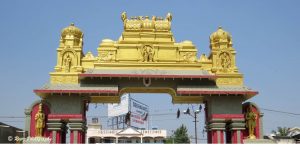 under the protection of Geographical Indication by World Trade Organization and during U.S. President Barrack Obama’s last visit to India, he was presented a pack of Channapatna made wooden toys as a token of traditional Indian crafts.
under the protection of Geographical Indication by World Trade Organization and during U.S. President Barrack Obama’s last visit to India, he was presented a pack of Channapatna made wooden toys as a token of traditional Indian crafts.
It was close to twelve noon. Spending splendid moments in the toy shops we headed towards Sri Aprameya Swamy (or Navaneetha Krishna) temple at Doddamallur. The temple arch is located just at a stone throwing distance of three kilometers from Channapatna bus stop. Entering through the arch for another 100 meters was the parking lot of the temple with the main building at a walking distance.
Local communities faithfully believe that Lord Rama had spent several months of his exile inside this temple.
The overall architecture resembles that of any common south Indian temple, but the main deity was the most eye-catching of all aspects. Also, there was a gigantic Garuda statue right at the entrance. I had never seen such an idol before. It was amazing. Many religious Carnatic tunes have been composed in gratitude of the shrine’s eternity. From the architecture of temple’s black stone walls, it is likely to be a prehistoric one. Local communities faithfully believe that Lord Rama had spent several months of his exile inside this temple. It also houses smaller shrines of other deities outside the main temple.
It was Arati (main prayer) time. The gorgeously decorated deity was being offered musical prayers in an ethnic style. We waited till it was over. A life changing moment must say. As we were walking out, an old lady politely requested us to stay back for some more time, directing us to take seats on the temple floor near the Garuda statue, as the holy prasadam was about to be served soon.
The freshly served holy food filled our mind, soul and stomach with an everlasting impact.

It made our day special. We were so lucky to have reached the temple during the prasadam distribution time. The freshly served holy food filled our mind, soul and stomach with an everlasting impact.
We also visited the souvenir shops in the temple complex selling wooden dolls, temple deity idols made of ivory wood, packaged snacks, local sweets etc. Enjoying an hour in the temple premises, by quarter past one in the afternoon, we slowly started walking back to the parking ground commencing our return drive.
©Reetwika Banerjee
Photos by the author

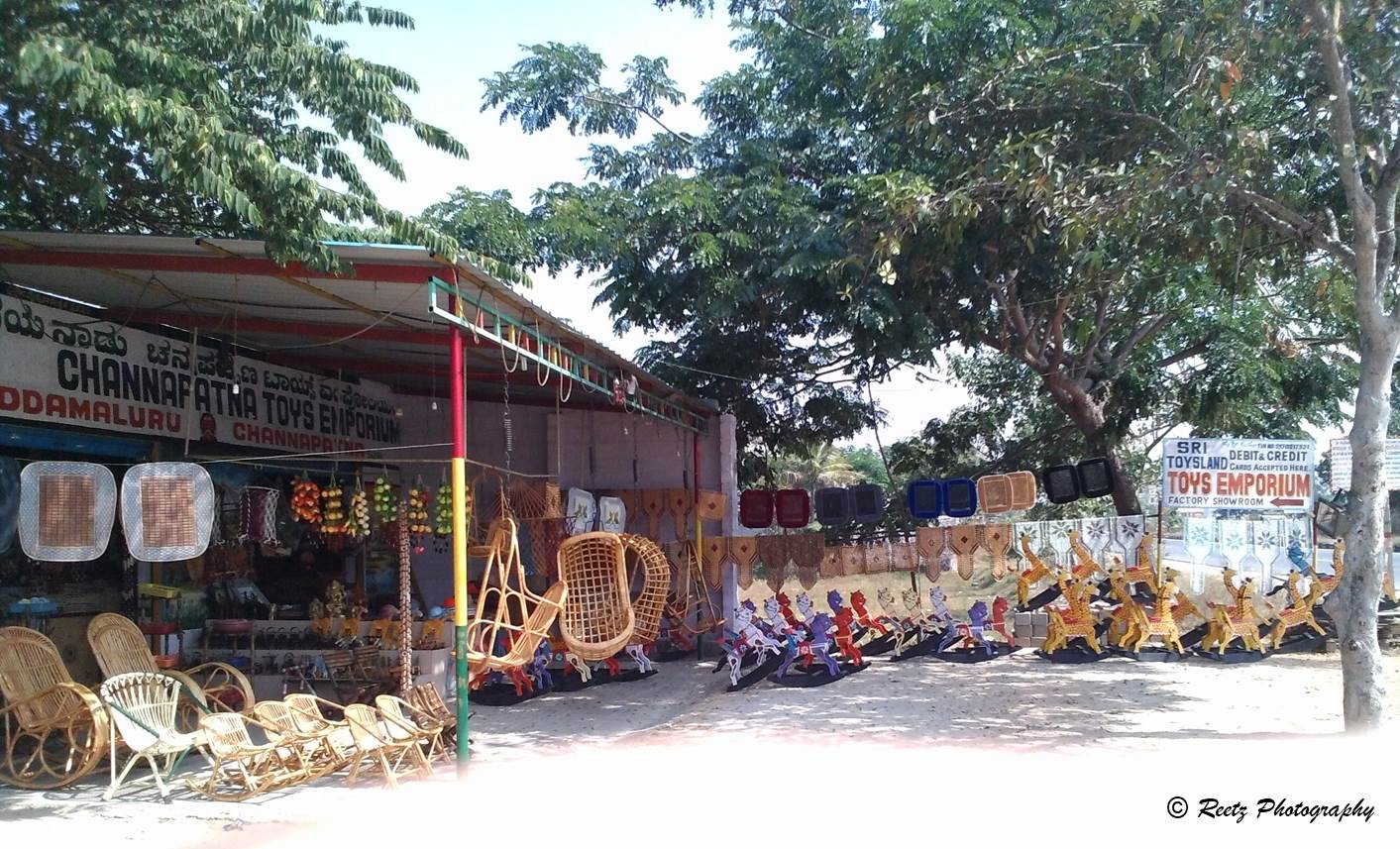
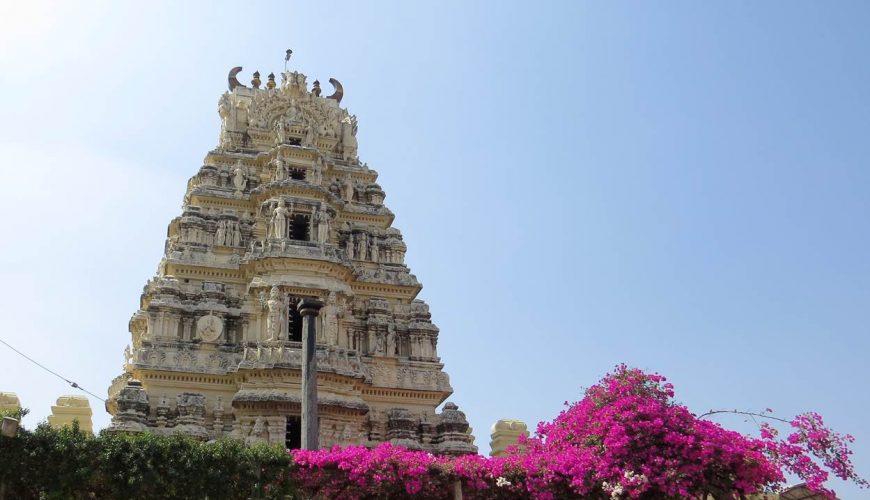
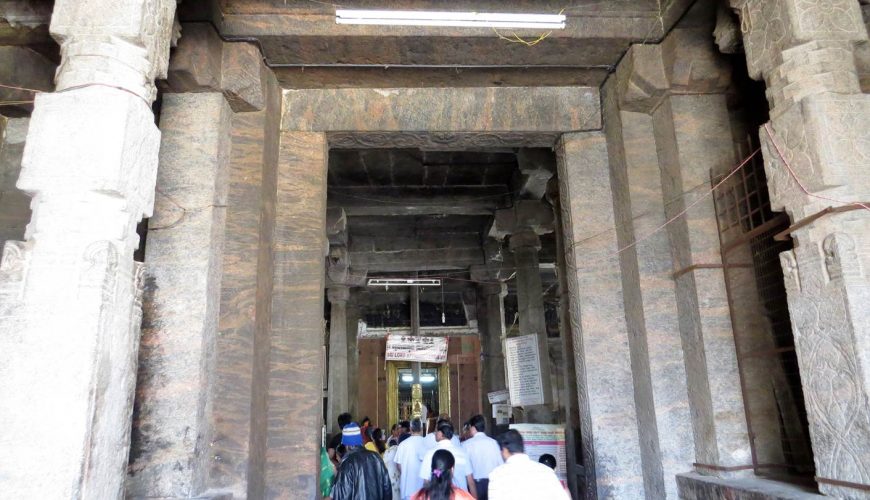
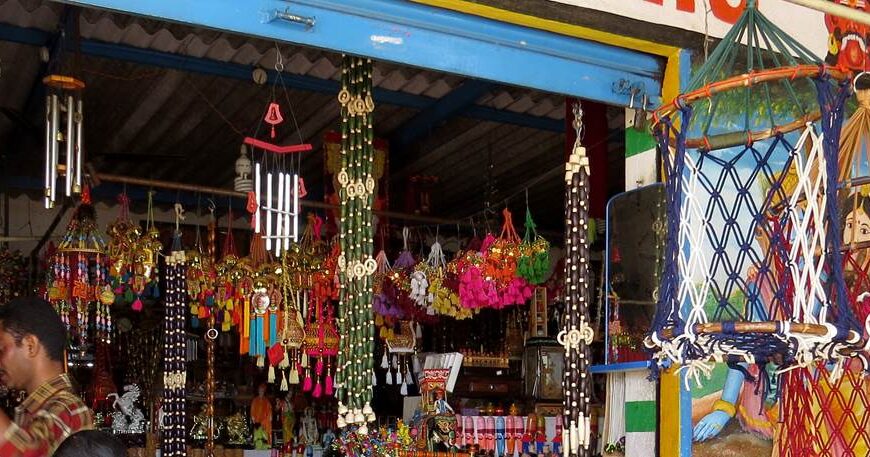
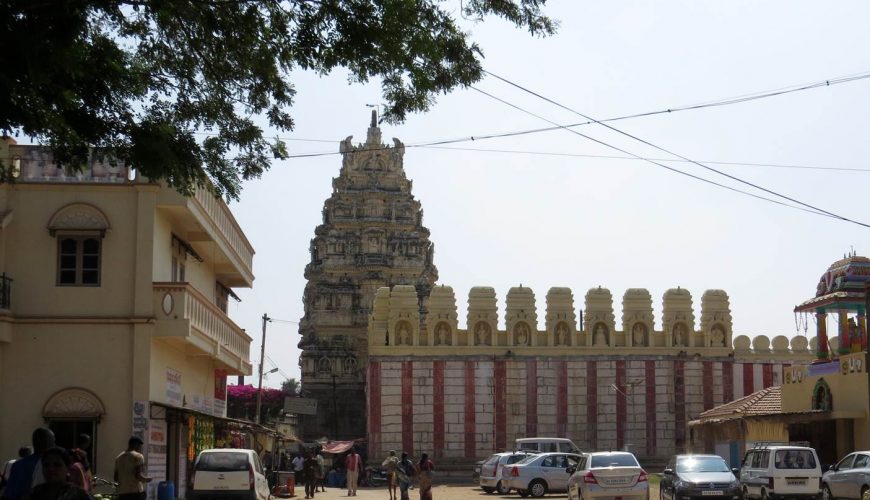
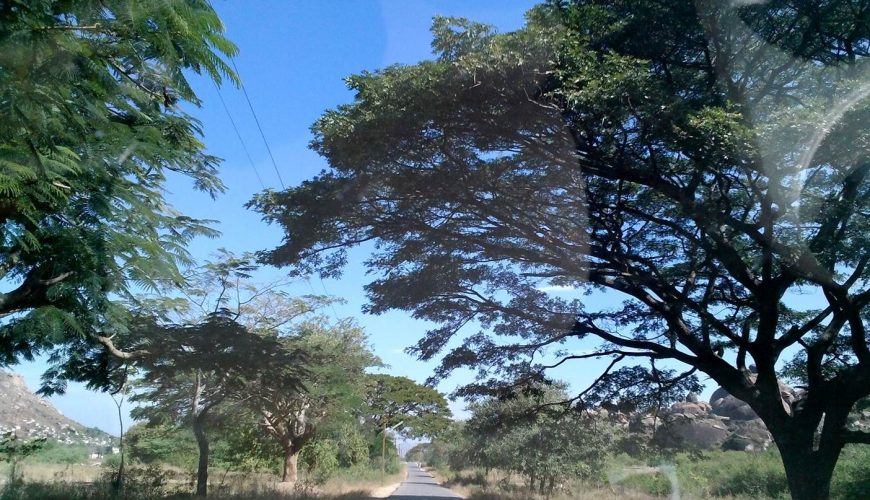

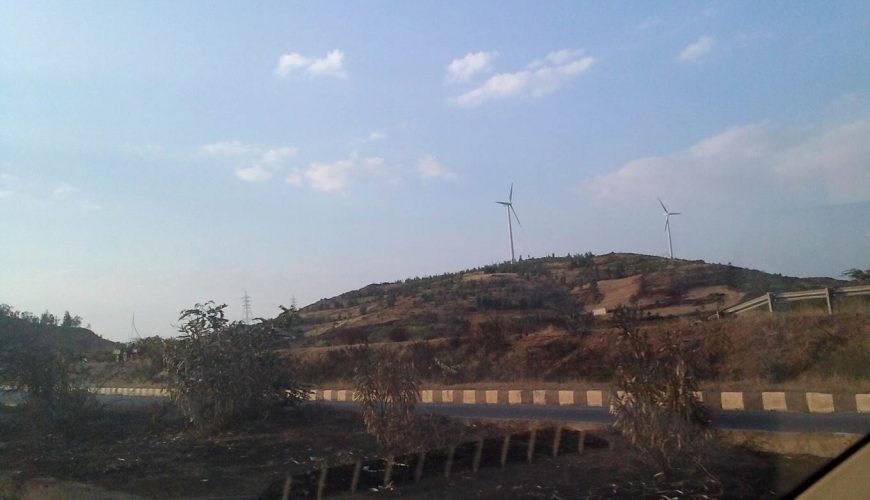
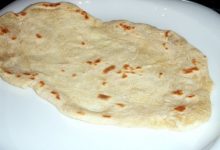
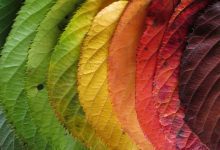

 By
By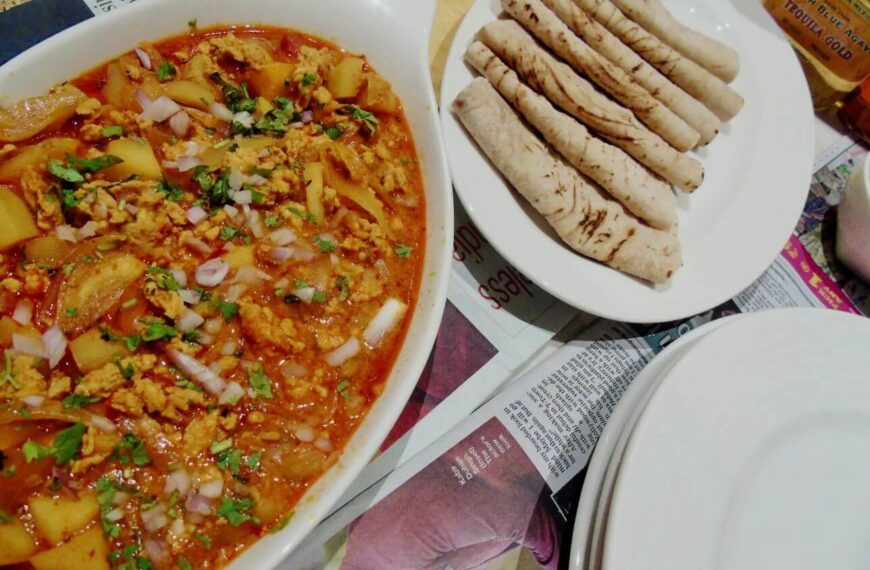
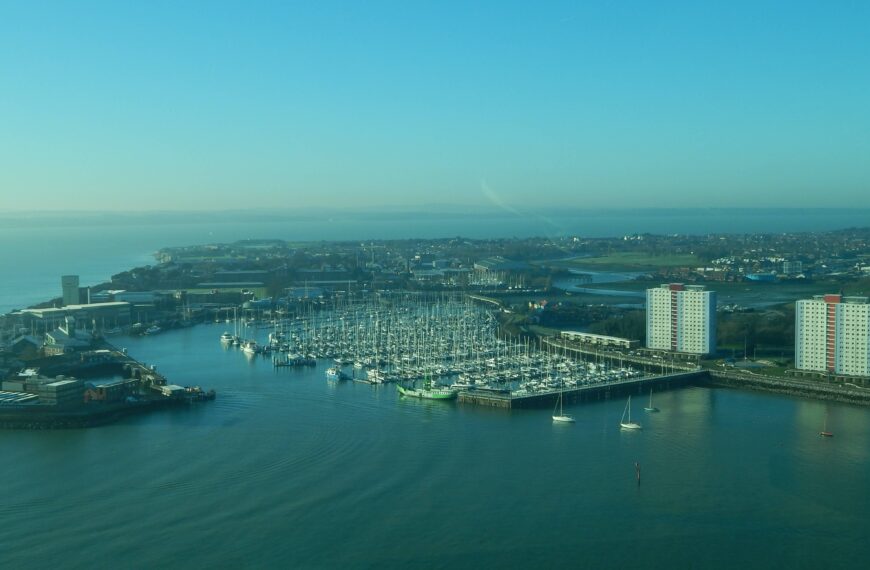
 By
By